Henry William Brown was born in Dorking, Surrey, England on the 3rd of July 1841 to Edward and Martha Brown. Not much is known about his parents or extended family except that they died when he was quite young, leaving he and his brother Samuel to the care of an uncle. Having been educated in a Dame School (the equivalent of public elementary school in the U.S.) rather than at home, he was forced to quit his education upon the death of his parents, and at the age of nine years old went to work for his uncle who was a gardener. As an undergardener, young Henry began his career by weeding, watering, pruning, fertilizing, fetching and carrying, and attending to any other tedious tasks assigned him by his uncle.
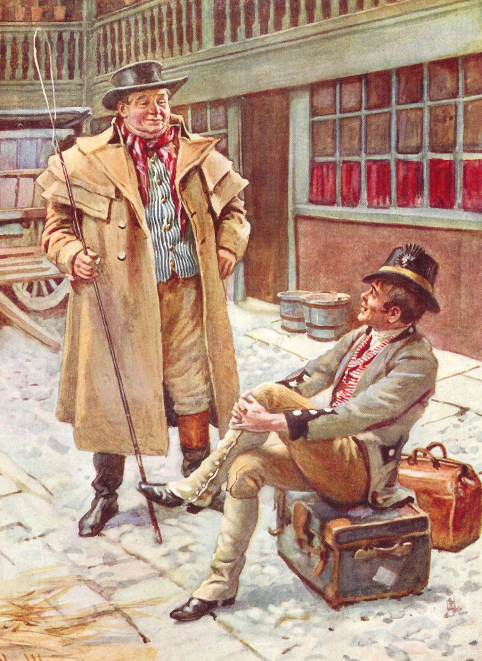
Young Henry grew up in Dickens’ England at the beginning of the Industrial Revolution and at a time when the author was just beginning to feel his fame. Henry, as a means of entertainment, paid visits to the Red Lion Inn. Here the London-Brighton stagecoach delivered its passengers, driven by a pompous old man known as Old Man Saunders after whom Dickens had modelled the father of Pickwick’s hero Sam Weller. Young Henry, for a little money, sold copies of the paper Household Words, Dickens’ own publication, and in which the serials The Pickwick Papers and Bleak House were both published.
In 1862, at the age of twenty-one, Henry left Dorking and, over the course of the next ten years, secured gardening positions at Studley Royal House in Ripon, Yorkshire (destroyed by fire in 1946); Womersley Park in North Yorkshire (the home of Lord Edward William Hawke, member of parliament); Althorp in West Northamptonshire (the future home of Lady Diana Spencer); and at last in London where he secured a commission as a gardener at Battersea Park, a (then) royal park of 320 acres.
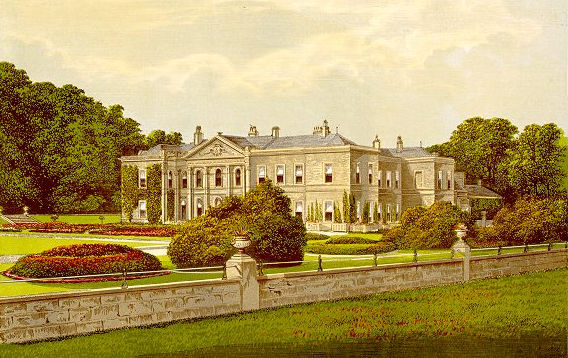
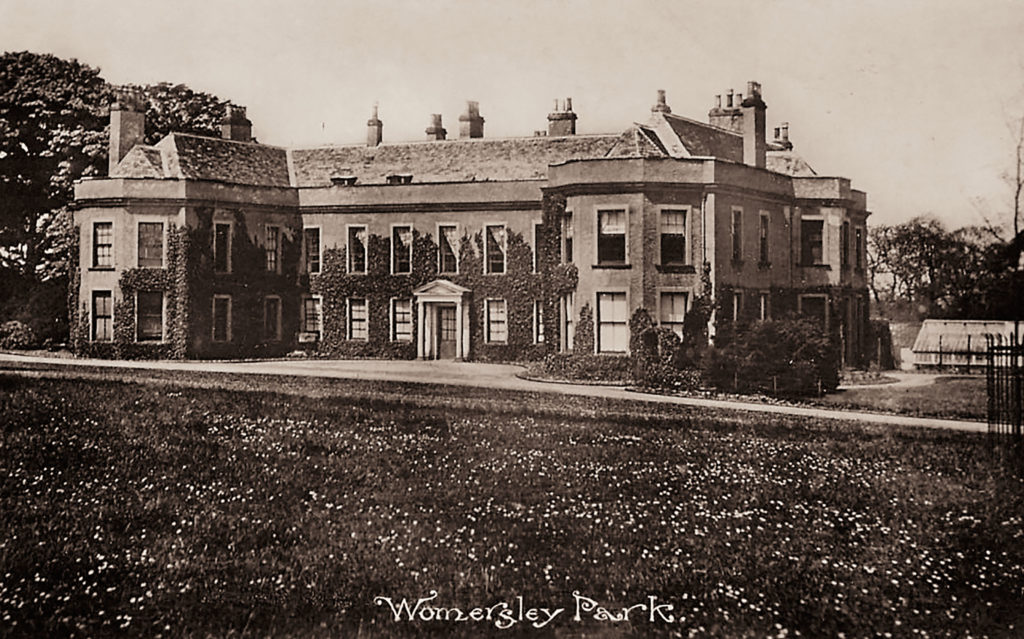
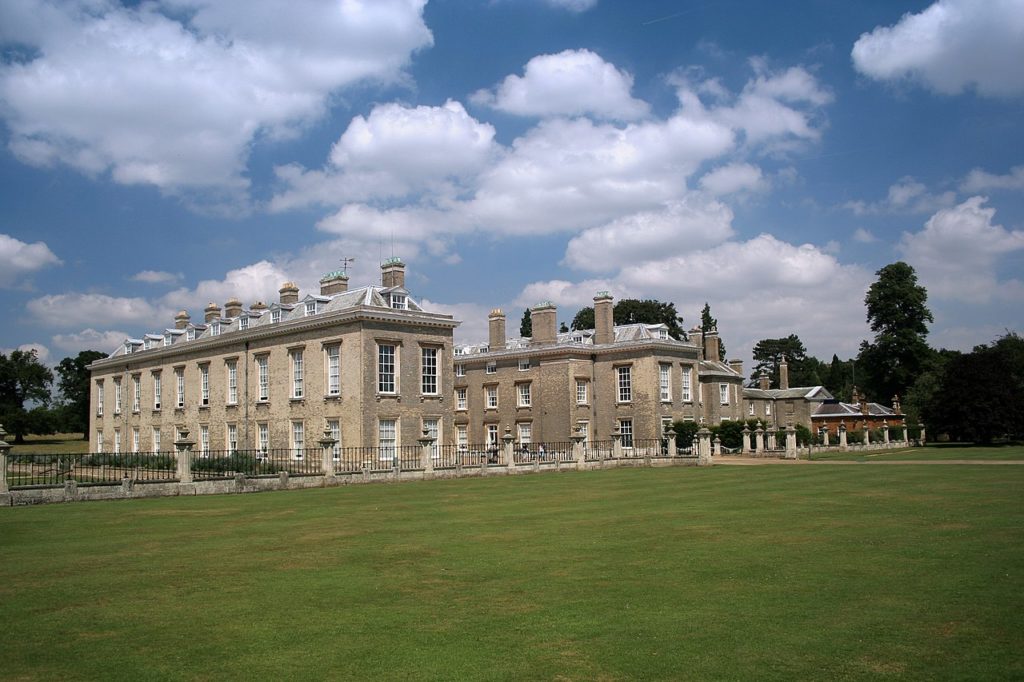
Studley Royal Wormsley Park Althorpe
It was in London that Henry met his wife, Sarah Slade Runyard. The couple married on August 1, 1872. A few months later, they were on their way to the United States with a promise of work in Virginia. Upon arriving in Richmond, however, Mr. Brown found that the man who had offered him employment had closed up shop during the voyage. He quickly found another position and worked hard to save up money so that his young family could have all the luxuries he had seen but had never experienced in aristocratic England. His new employer offered him partnership, which he accepted, and he offered up his savings to the bargain, but his partner soon jumped ship and left Mr. Brown to pay the debts. For a time following this disappointment, he worked for the parks department in Richmond.
In October of 1873, the couple’s first child, Harry Runyard Brown, was born.
In 1874, Mr. Brown was hired by wealthy tobacconist James Pace to take over the position of head gardener for his estate at Keswick in Abermarle County. Mr. Brown occupied that position for nearly ten years, and it was there that their family grew. Myrtle was born in 1875. In 1878, William Ambrose came, followed in 1881 by Sallie Runyard Brown.
In autumn of 1883, Mr. Brown left Keswick for Danville with the idea that he would like to set up business for himself. Colonel George King Griggs had just purchased property at what is now 848 Green Street which he intended eventually to build a house upon. The property, before Mr. Griggs’ acquisition of it, had been maintained by an English horticulturist by the name of Lanyard who, having retired, was returning to England, leaving behind his well-established greenhouses. Here was an opportunity for Mr. Brown.
Brown arrived by train and was deposited on the north side of the river accompanied by his two eldest sons. Harry (10) according to family lore, disembarked from the train carrying a shotgun, while William, just five, arrived bearing a cactus. Sarah, who was pregnant at the time, was left behind to tend to the children and to prepare to give birth to their fifth child, Dudley.
That first winter in Danville was a difficult one. The season and political and racial unrest (this was the year of the Danville Riot) meant there was little business to be had. Mr. Brown and his family worked hard to prepare for spring, and with encouraging results. When the winter plantings began to prove successful, things began to look more hopeful, and soon inquiries began to trickle in. It seemed business in Danville might prove successful, after all.
The following year, Colonel Griggs was ready to build a house on his property, which meant that the flower business and its greenhouses needed to be moved. Several sites were considered, including which was then known as the old “Morrison Place” (120 College Ave) which at the time faced Main Street, the lot on which Mt. Vernon Methodist Church now stands, and Dr. Stokes’ property on the corner of Green and Chestnut Streets. The latter being the closest was at last chosen as the new location.
At the time of Mr. Brown’s acquiring the property, a small batten-board house stood there with an icehouse and presumably an outhouse adjacent. It was a tight fit for the growing family, but they would make do until business was established enough to afford to build a new home. From this location, Mr. Brown opened “The Flower Garden” an establishment that would survive for nearly a century and a half and would eventually come to be called H.W. Brown, Florist.
The eldest of the Brown children, Harry, was only twelve or thirteen at the time of the relocation to 878 Green Street. Nevertheless, it was he who laid the brick for the foundation walls of those new greenhouses. Meanwhile, a team of 30-40 men was hired to carry the cast-iron heating pipes from the old location to the new one, and they did it successfully without disjointing a single one.
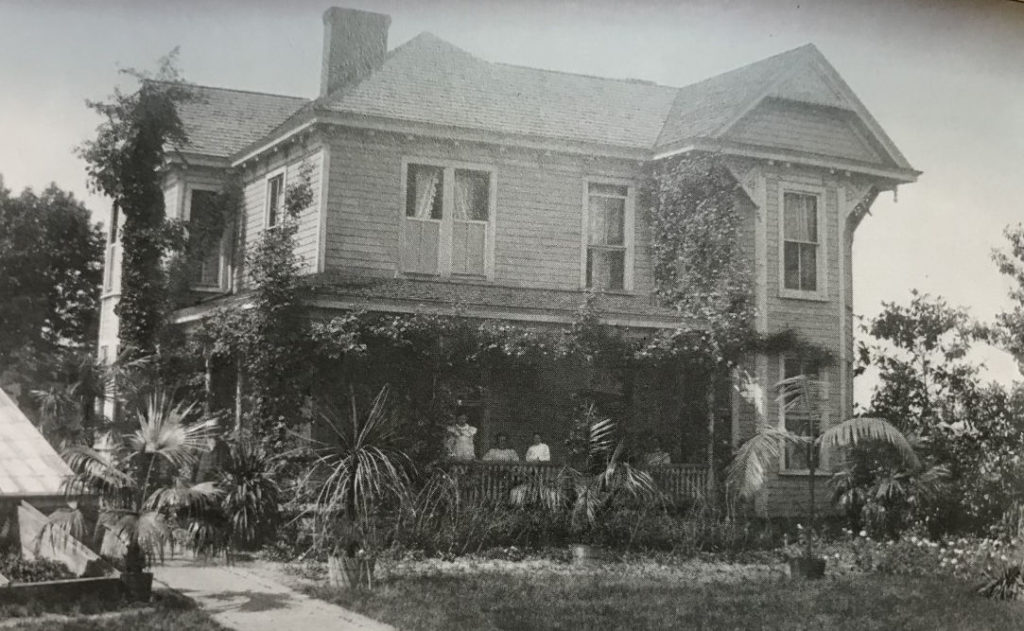
It was ten years later that the Brown family at last saw into reality their vision for a new and much larger home on the property. The house that stands there today was built in 1894, constructed by contractors Charles L. Norton and Thomas D. Brann from plans drawn by Mr. Brown’s eldest son Harry. Like the tobacconists and textile men of the time, the home was meant to show off the family’s prosperity. As you can see by the photo above, it was also meant to show off Mr. Brown’s skills as a gardener, a horticulturalist, and a landscape architect.
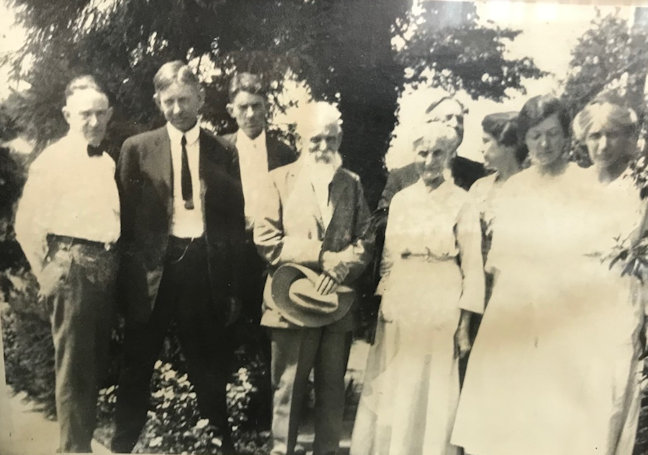
During the family’s time in Danville, two additional children were born to the couple. Violet was born in 1886 followed by Samuel in 1888. It was Samuel who, following Mr. Brown’s death in 1934 at the age of 92, took over the family business. The home remained the family residence until Violet’s death in 1968. The house then sat vacant for some time before grandson Tommy Shadrick took ownership in 1985 and restored the house, even returning it to its original color scheme of yellow and white. The house became the property of Catherine Jones in 1998 and has remained in her possession since.
In 1925, Mr. Brown opened a modern storefront next door to and behind the Brown home at 431 Chestnut Street. “The Flower Garden” then became “H.W. Brown, Florist.”
Henry’s son Harry was also a florist. In 1893 he left Danville to work for the McGregor Greenhouses in Springfield, Illinois. In 1900 he returned to Virginia and set up shop in Lynchburg under the name H.R. Brown, Florist. He maintained that business for fifty years before retiring. He died in 1956. That year, siblings Myrtle, Dudley, and Violet each retired from the florist business here in Danville. In 1908, Sallie married Dr. Samuel Shadrick, and it was their son, Tommy, who, with his wife Myrtle, operated the business for nearly sixty years between 1950 and 2010. Son, Terry, took over the business shortly after, and the enterprise has thus remained in the family up to the present time. Terry, the present owner, is preparing to turn the keys over to new ownership in June of 2022. For the first time in 139 years, H.W. Brown Florist will pass outside of the Brown/Shadrick family. And while the occasion is a bittersweet one, the new owner, Katie Thomas, has the blessing of all once associated with H.W. Brown Florist. Read more about her and the transfer of ownership in the companion post.
Sources:
Personal records and written accounts from the Brown family, courtesy of Sallie Abreu and Terry Shadrick
Census and Vital records found at Familysearch.org
Images and vital information, including biographical sketches found at FindaGrave.com
Death notices and other information found in the Danville Register, Danville Bee and other newspaper archives at Newspapers.com and GenealogyBank.com
Census, Directory, Newspaper, and other information compiled by Paul Liepe
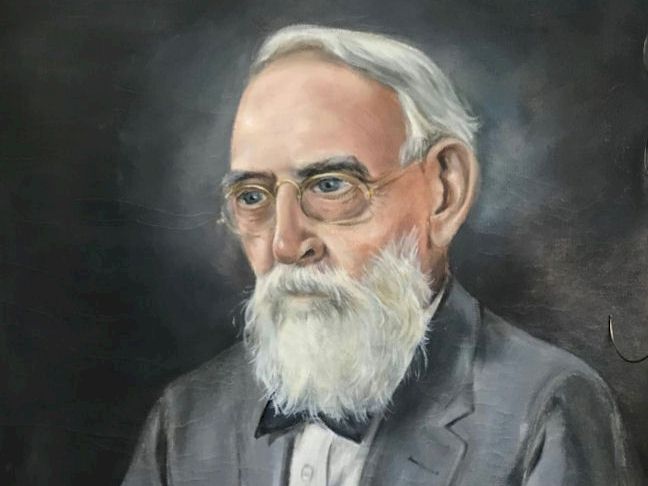
Both of these posts about the Brown family and florist shop are wonderful. I enjoyed reading them so much!